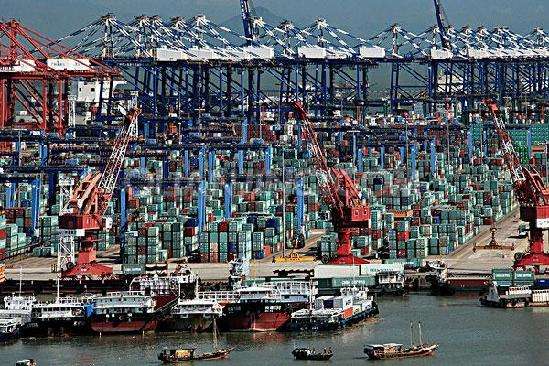南沙港在盐田港危机中成为替补
南沙港在盐田港危机中成为替补

南沙国际集装箱码头有望成为盐田港的替代选择,目前广东省正在应对新冠肺炎疫情。
广州港务公司6月7日确认,南沙港区目前运行正常,无新冠肺炎病例。公司还对卡车司机实施了多项预防措施,以控制港口地区的疫情风险。
船舶跟踪数据显示,在盐田拥堵的情况下,由赫伯罗特、海洋网络快运(ONE)、阳明和HMM组成的联盟已在盐田与南沙交换停靠。联盟在广州分港的首次访问是在6月2日,当时在FE2亚欧航线部署的19,870TEU船Al Zubara停靠在港口。
与广州港务集团共同努力,将南沙建设成为具有国际竞争力的航运枢纽,为粤港澳大湾区企业提供更快捷、更便捷的航运通道。
从东亚经南沙航行至欧洲,可为客户提供从华南到南安普顿、勒阿弗尔的便捷中转,也可通过丹吉尔港中转至西北非洲。这可以更好地与非洲国家联系,因为“一带一路”倡议与中国公司有商业关系。
此外,随着越来越多的中国制造商由于租金和劳动力成本较低而转移到珠江西岸,南沙作为远洋航线的停靠港越来越受到推崇。
2021年前5个月,南沙集装箱吞吐量同比增长81%。2020年,该港口的吞吐量为1717万TEU,而2019年,中国港口的吞吐量为1678万TEU。
南沙港4期开发项目今年建成后,港口年吞吐量有望超过1800万TEU。
